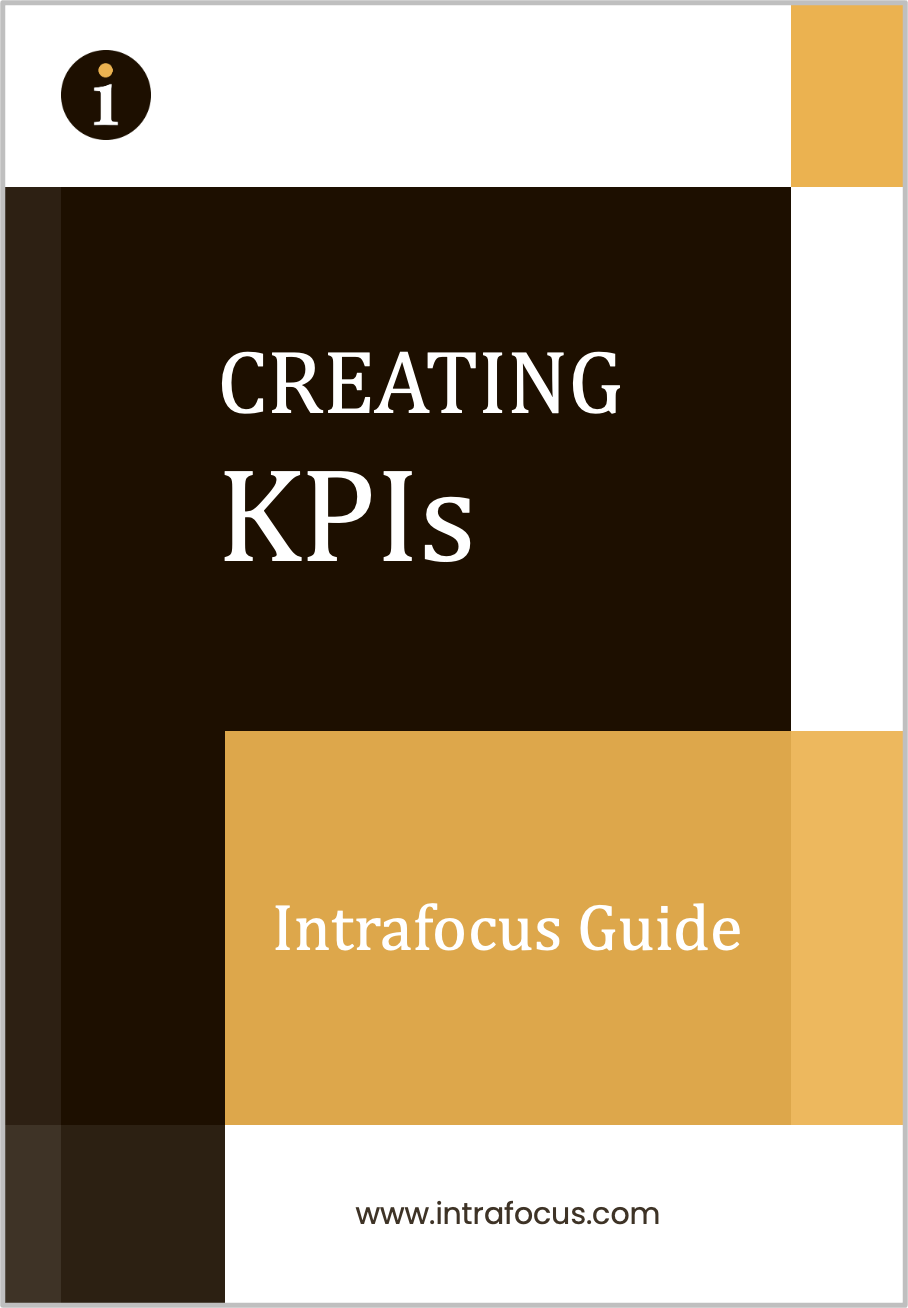“What’s in a name? That which we call a rose by any name would smell as sweet”. The central quote from Shakespeare’s Romeo and Juliet that encapsulates the entire story. Juliet Capulet meets and falls in love with Romeo Montague. Their romance is doomed from the start as the two families are at war. Juliet tells Romeo that a name is an artificial and meaningless convention, that she loves the person called ‘Montague’ not the name or the family. Here we see the power of a name. As a result of the meaningless convention, both lovers die in the tragic finale.
This may be a flamboyant exaggeration to prove a point; however, it does illustrate the need to ensure we agree on the definitions we use in businesses and organisations. Unlike Juliet’s claim, the words we use tend not to be ‘meaningless’ conventions. The words we use to describe the things we measure have often been in place for decades and their meaning have been documented and fully defined. However, the fact they have been around for a long time, does not mean their definitions are rock-solid. Terminology often gets misused.
One of the prime examples is ‘Key Performance Indicator’ or KPI. It is probably the simple fact that this phrase has been shorted to a snappy acronym that it is so often misused. Using the acronym KPI in general conversation changes the nature of a discussion. Where a discussion about metrics can be fluid and exploratory, when the term KPI is introduced a certain gravitas is implied. Unfortunately, this is often for the wrong reasons and abuses the true definition of a KPI.
The clue is in the phrase itself. Key Performance Indicator. A KPI is not a general business metric or measure, it is a Key metric or measure. It further distinguishes itself by breaking away from basic business language entirely. It is not a metric or measure, it is a Performance Indicator. So we begin to see that a Key Performance Indicator is indeed something quite special and not a run-of-the-mill business metric.
So the question changes. Why is there a need for a different type of business metric that can be described as special, that is; a Key Performance Indicator? The answer lies in the context of what we are trying to measure. For example, in a manufacturing business we might measure production processes on an assembly line. Whereas these metrics might be important to the production line manager, they are of little importance to executive management. Except, for instance, in relation to incremental sales. The impact of the production process is important to executive management, but to describe the impact requires something different to simple production process metric.
In short, a KPI will target critical areas of performance. This may be in the form of a single measure, but is often in the form of a composite measure, both relate to impact. A business metric is used to track all areas of performance. Both are important, but for different reasons. A metric will tell you how well you are performing a business process, a KPI will tell you how well you doing as compared to your business strategy. Words are important.
For more information on definitions download our white paper – How to Develop Meaningful Key Performance Indicators


